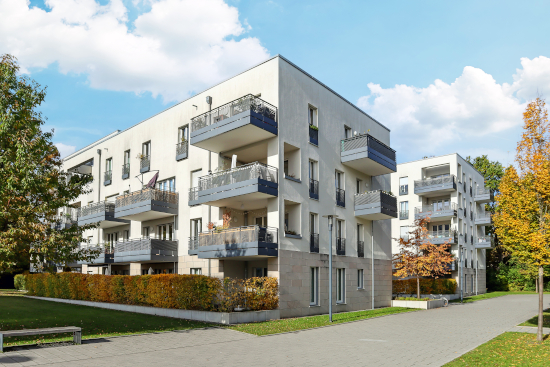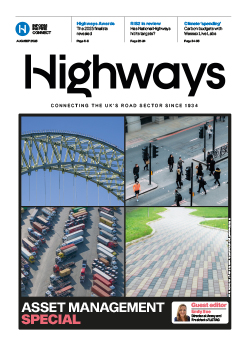Mayor of London, Sadiq Khan, wants to open up London's green belt to housing development, alongside a major investment in transport and infrastructure to enable 'higher density developments near public transport connections'.
Mr Khan said transport will play a pivotal role in his new approach and he will be working with central Government to secure the investment needed, including for 'the metroisation of London’s rail lines and extensions to the Bakerloo line and Docklands Light Railway'.
City Hall said it will actively explore the release of parts of London’s green belt and put it policy reversal down to the scale of London's 'housing crisis'. To meet demand, City Hall said London needs 88,000 new homes a year over the next decade: close to a million homes.
The mayor's office said it would 'attach conditions to any release of the green belt – not only to maximise the level of affordable housing and produce high-quality, energy-efficient homes, but to ensure there is an increase in biodiversity and public access to genuinely green spaces'.
The announcement comes as the Mayor launched a consultation, which runs until 22 June, to help shape the next London Plan, which sets out the Mayor’s vision for the capital over the next 20 to 25 years.
The key objectives of the next London Plan will be 'fixing the housing crisis and delivering sustainable economic growth while protecting and improving the environment'.
Mr Khan said: 'We clearly face an extraordinary challenge. As Mayor, I'm determined to give it everything we've got – with a radical step-change in our approach. We'll be working with councils and others to secure as many new homes as we can on brownfield sites, both large and small, but we have to be honest with Londoners that this alone will not be enough to meet our needs.
'That’s why I’m announcing that City Hall’s new position will be to actively explore the release of parts of London’s green belt for development.'
The Government's National Planning Policy called for green belt land in England to be reviewed and its boundaries altered to meet housing needs where they cannot be met in other ways.
It also introduces a new concept of ‘grey belt’: green belt areas that have either been previously developed or don’t strongly contribute to green belt purposes.






